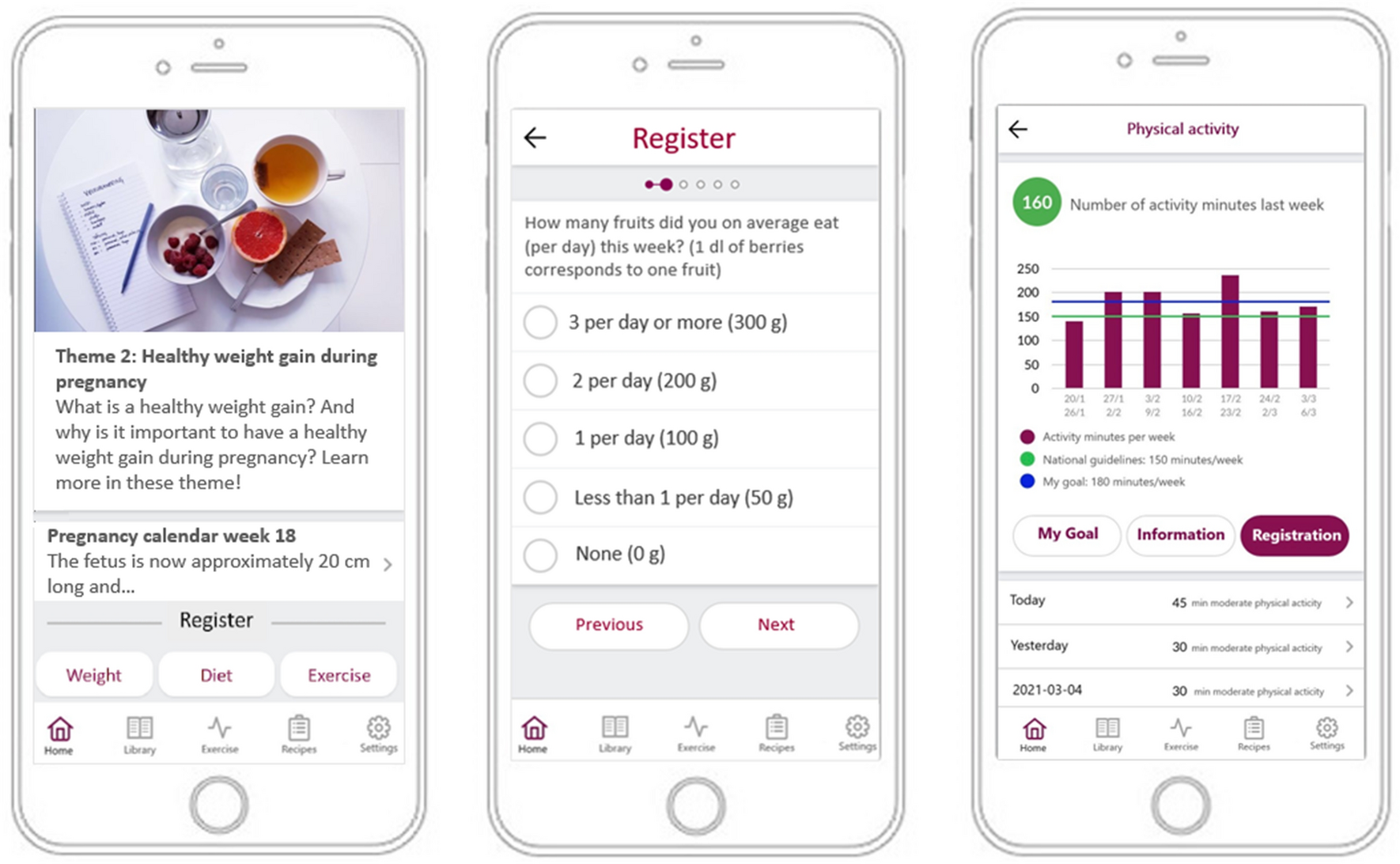Are you considering a 2-2-3 work schedule but unsure about the details and implications? This comprehensive guide will help you understand what a 2-2-3 work schedule is and how it can benefit both employers and employees. In a 2-2-3 schedule, employees work for two consecutive days, then have two days off, and finally work for three consecutive days before getting two days off again. This unique scheduling format offers a balance between work and personal life, boosts productivity, and enhances employee satisfaction.
Understanding the 2-2-3 Work Schedule
A 2-2-3 work schedule, also known as a “2 days on, 2 days off, 3 days on” schedule, is a type of work arrangement where employees work for two consecutive days, followed by two days off, and then work for three additional days.
Benefits of a 2-2-3 Work Schedule
Implementing a 2-2-3 work schedule can provide several advantages for both employees and employers. Increased productivity is often reported, as employees benefit from the regular breaks and longer stretches of time off. Enhanced work-life balance is another key benefit that contributes to higher job satisfaction.
Challenges of a 2-2-3 Work Schedule
While the 2-2-3 work schedule offers flexibility, some challenges may arise. Shift changes can disrupt continuity, and communication between team members working on different days may require closer coordination.

Benefits of a 2-2-3 Work Schedule
A 2-2-3 work schedule, also known as a rotating shift pattern, offers several benefits to both employees and employers.
Improved Work-Life Balance
With a 2-2-3 schedule, employees work for two days, have two days off, and then work for three days. This structure allows for more frequent breaks, leading to enhanced work-life balance.
Employees can enjoy longer stretches of uninterrupted time off, allowing them to recharge and spend quality time with family and friends.
Increased Productivity
The rotating nature of a 2-2-3 schedule can help prevent burnout and fatigue. By providing regular breaks, employees can stay fresh and focused during their workdays, leading to increased productivity.
Studies have shown that employees on such schedules report higher job satisfaction and engagement levels.
Flexibility and Coverage
Employers benefit from the flexibility of a 2-2-3 schedule, as there are always employees available to cover shifts. This ensures that operations run smoothly without any gaps in coverage.
Furthermore, employees appreciate the predictability of their schedules, which can lead to higher job satisfaction and retention rates.

Challenges of Implementing a 2-2-3 Work Schedule
Implementing a 2-2-3 work schedule can present various challenges for both employers and employees. One of the primary difficulties is the need for meticulous planning and coordination to ensure seamless operations. This schedule requires constant monitoring and adjustment to avoid disruptions in workflow.
Employee Adaptation
Employees may find it challenging to adapt to the changing workdays and off days in a 2-2-3 schedule. Adjusting personal commitments, such as childcare or appointments, can be complex, leading to potential scheduling conflicts.
Communication and Collaboration
Effective communication becomes crucial when implementing a 2-2-3 work schedule. Ensuring that all team members are aware of the schedule and coordinating tasks efficiently can be demanding. Lack of proper communication may result in misunderstandings and decreased productivity.

Tips for Optimal Productivity with a 2-2-3 Work Schedule
Embracing a 2-2-3 work schedule can lead to increased productivity and work-life balance. By following a few essential tips, you can make the most of this unique work structure.
Organize Your Work Days Efficiently
Plan your tasks strategically to maximize your productivity during each workday. Use tools like project management software to stay organized and track progress effectively.
Take Regular Breaks
Integrate short breaks into your work schedule to prevent burnout and maintain focus. Use these breaks to recharge and return to work with renewed energy.
- Engage in mindful breathing exercises
- Stretch your body to prevent stiffness
Exploring Alternative Work Schedule Options
In today’s fast-paced work environment, the traditional 9-5 work schedule may not always be the most effective option for every organization. Companies are increasingly turning to alternative work schedule options to enhance productivity and employee satisfaction. One popular alternative schedule that has gained traction in recent years is the 2-2-3 work schedule.
Understanding the 2-2-3 Work Schedule
The 2-2-3 work schedule, also known as the “2 days on, 2 days off, 3 days on” schedule, offers employees a more flexible approach to their work hours. This schedule typically involves working two consecutive days, followed by two days off, and then working three consecutive days before getting another two days off.
Employees under this schedule often appreciate the extended weekends and the opportunity to have a better work-life balance.
Benefits of the 2-2-3 Work Schedule
One of the key benefits of the 2-2-3 work schedule is increased employee morale and satisfaction. Employees tend to feel more rejuvenated and motivated when they have regular breaks throughout the week.
The flexibility offered by this schedule can also lead to improved productivity as employees are better able to manage their time and responsibilities.
Frequently Asked Questions
- What is a 2-2-3 work schedule?
- A 2-2-3 work schedule, also known as a rotating 2-2-3 schedule, is a type of work schedule where employees work a combination of two days on, two days off, and then three days on, with the cycle repeating regularly.
- How does a 2-2-3 work schedule differ from a traditional 9-5 schedule?
- Unlike a traditional 9-5 schedule where employees work the same days and hours every week, a 2-2-3 work schedule offers more flexibility and allows for longer stretches of time off due to the rotation of workdays.
- What are the benefits of a 2-2-3 work schedule?
- Some of the benefits of a 2-2-3 work schedule include increased work-life balance, more consecutive days off, reduced commute frequency, and the ability to schedule appointments or personal activities during weekdays.
- Are there any potential drawbacks to a 2-2-3 work schedule?
- While a 2-2-3 work schedule has its advantages, some potential drawbacks may include difficulty coordinating schedules with coworkers, potential fatigue from longer workdays, and challenges in adjusting to the rotating schedule.
- How can employers successfully implement a 2-2-3 work schedule?
- Employers can successfully implement a 2-2-3 work schedule by clearly communicating expectations, providing adequate training and support, accommodating employee preferences when possible, and periodically reviewing and adjusting the schedule based on feedback.
Unlocking the Benefits of a 2-2-3 Work Schedule
As we unravel the layers of the 2-2-3 work schedule, it becomes evident that this innovative approach offers a harmonious blend of productivity and work-life balance. By alternating between workdays and off days in a structured pattern, employees can enjoy longer weekends and ample time for personal pursuits, leading to increased job satisfaction and reduced burnout.
With enhanced flexibility and predictability, employers can witness heightened employee engagement, improved retention rates, and ultimately, a more efficient workforce. Embracing the 2-2-3 work schedule can pave the way for a new era of workplace dynamics, where both productivity and employee well-being are prioritized.
In conclusion, the 2-2-3 work schedule serves as a beacon of modern work practices, reshaping traditional notions of scheduling to foster a more balanced and fulfilling work environment. Let’s embrace this transformative approach and unlock the full potential of our teams.
